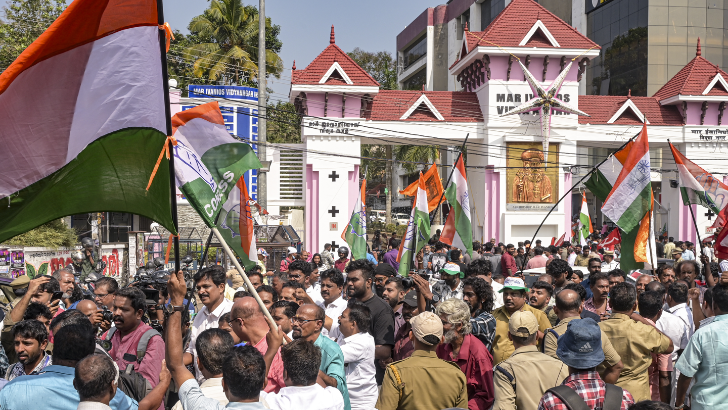Bihar elections 2025: NDA makes history as Modi-Nitish magic blitzes INDIA bloc
The NDA, which secured 206 seats in the 2010 elections, is once again poised to touch the same mark.
PTI
-
For Nitish Kumar,this election has been widely viewed as a test of political endurance and public trust (PTI)
Patna, 14 Nov
The National Democratic Alliance is heading towards setting
a new milestone in the 2025 Bihar elections, as it has crossed the 200-mark in
the latest trends.
The NDA, which secured 206 seats in the 2010 elections, is
once again poised to touch the same mark as it is currently leading at 203
seats with both BJP and JD(U) unanticipated performances.
In the current trends, the Nitish Kumar-led NDA is leading
in a combined total of 202 seats, with BJP leading in 91, JDU in 80, LJP 22,
HAM 5 and RLM 4 as per data from the EC at 01:40 pm.
RJD leads in 26 seats, Congress leads in 4, CPI(ML) lead 4,
while CPI-M 1 each, taking the total to 35, as per data from the EC. Additionally,
the BSP leads in one seat, and the AIMIM in five seats.
For Nitish Kumar, who has governed the state for nearly two
decades, this election has been widely viewed as a test of both political
endurance and public trust. Once celebrated as "Sushashan Babu" for
pulling Bihar out of the shadows of what was often termed the "jungle
raj," the Chief Minister has in recent years confronted signs of voter
weariness and questions over his shifting political alignments.
Despite this, the current trends reflect a noticeable shift
on the ground, indicating that voters are reposing faith in his governance
model once again.
The return of a confident, coordinated BJP-JD(U) alliance
has significantly reshaped the battlefield this time. With Prime Minister Modi
standing firmly beside Nitish Kumar throughout the campaign, the coalition
projected a united and reinvigorated front, emphasising welfare delivery,
infrastructure expansion, social schemes, and administrative stability.
The mix of PM Modi's national appeal and Bihar CM's
extensive grassroots presence has created a formidable electoral force, one
that appears poised to translate its political momentum into a landslide
victory in Bihar. As Bihar reached the verdict stage, the PM Modi-Nitish
partnership has emerged as the defining factor of the assembly election.
The ruling alliance has highlighted that Bihar's
transformation is reflected not only in electoral outcomes but also in the
conduct of elections. A comparative look at past polls underscores a dramatic
change: the 1985 elections saw 63 deaths and repolling in 156 booths; in 1990,
87 deaths were reported; in 1995, the elections were postponed four times due
to rampant violence under Chief Election Commissioner TN Seshan; and in 2005,
repolling was ordered in 660 booths. In contrast, the 2025 elections recorded
zero repolling and zero violence, an outcome the NDA has hailed as a testament
to improved law and order.
The results reaffirmed a pattern seen over multiple
elections, with Bihar giving the BJP and Narendra Modi overwhelming support in
the 2014, 2019, and 2024 Lok Sabha polls, as well as in the 2020 and now 2025
Assembly elections.
Bihar, India's third most populous state and one that is
nearly 89 per cent rural, has long played a critical role in shaping national
politics. The NDA leadership has attributed the current mandate to the state's
strong rural support base and what it describes as Bihar's "vote for
dignity and self-respect."
The ruling bloc also accused the INDI Alliance of
disrespecting the state, referencing remarks made by its leaders, including
Rahul Gandhi's criticism of Chhath Puja. The NDA positioned Prime MinisterModi's push for Chhath Puja to be listed in UNESCO's Intangible Cultural
Heritage category as evidence of its commitment to Bihar's cultural identity.
Often targeted by the Opposition as 'paltu ram (frequent
turncoat)', Nitish Kumar has held his ground and vote bank stronger always.
Nitish Kumar's lasting popularity stems from his focus on tangible development
and inclusive growth.
He's delivered on promises, improving rural infrastructure
and providing direct financial assistance, earning trust across Bihar's
socio-economic spectrum. Voters remember his fulfilled commitments, valuing
steady progress over grand rhetoric.
Nitish Kumar's political trajectory, spanning more than four
decades, has often been cited as a study in adaptability and strategic clarity.
Rising through the JP movement of the mid-1970s, he went on to contest the
Harnaut Assembly seat in 1985 under the leadership of Satyendra Narain Sinha of
the Janata Party and emerged as a significant voice for backward castes and
secular politics.
Nitish Kumar's governance in Bihar has been marked by a focus
on development and inclusivity, which has helped him maintain popularity across
communities, including Muslims. His schemes and policies have driven economic
growth, improved infrastructure, and enhanced living standards, resonating with
voters.
Nitish Kumar's political journey is a testament to his
adaptability and strategic growth. Influenced by veterans like Ram Manohar
Lohia, SN Sinha, Karpuri Thakur, and VP Singh, he honed his skills in the JP
movement (1974-1977) alongside Jayaprakash Narayan. This exposure earned him
recognition among prominent politicians.
Leave a Reply
Your email address will not be published. Required fields are marked *








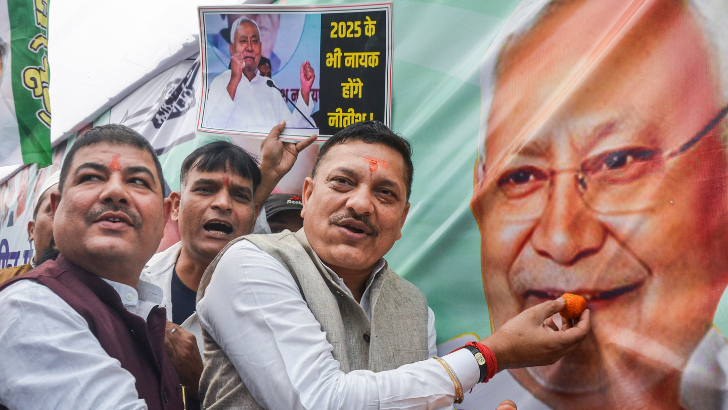

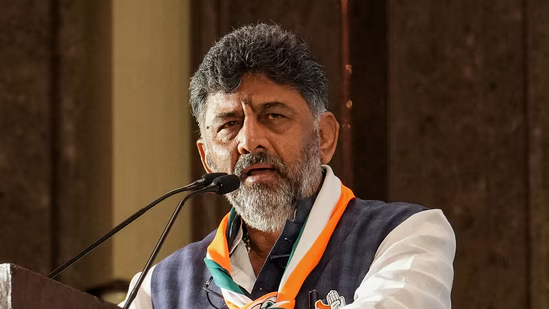
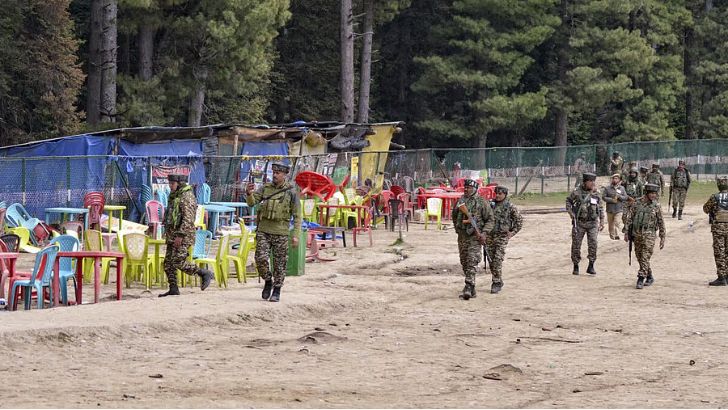
.png)
.png)
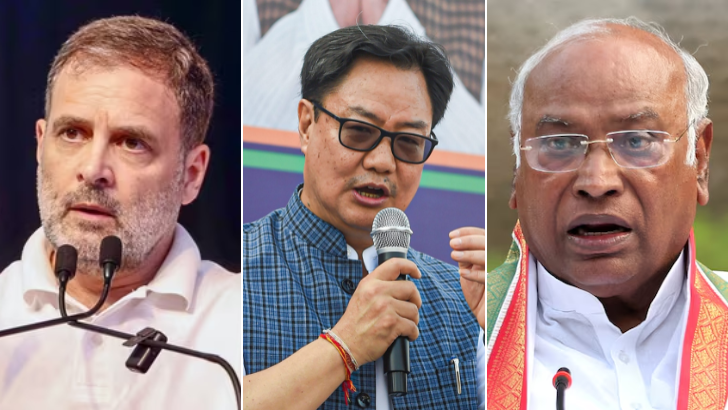
.png)
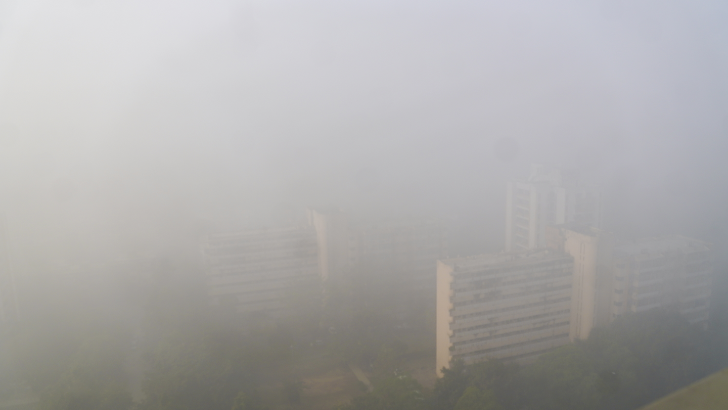
.png)
